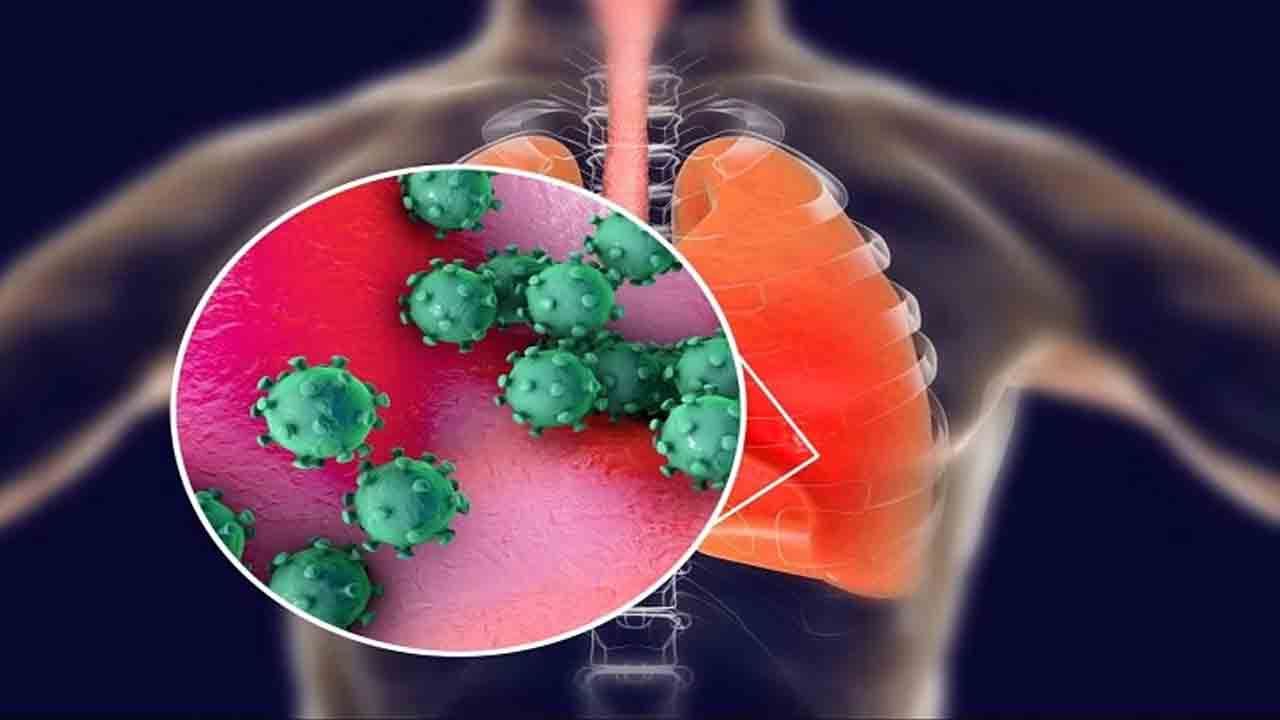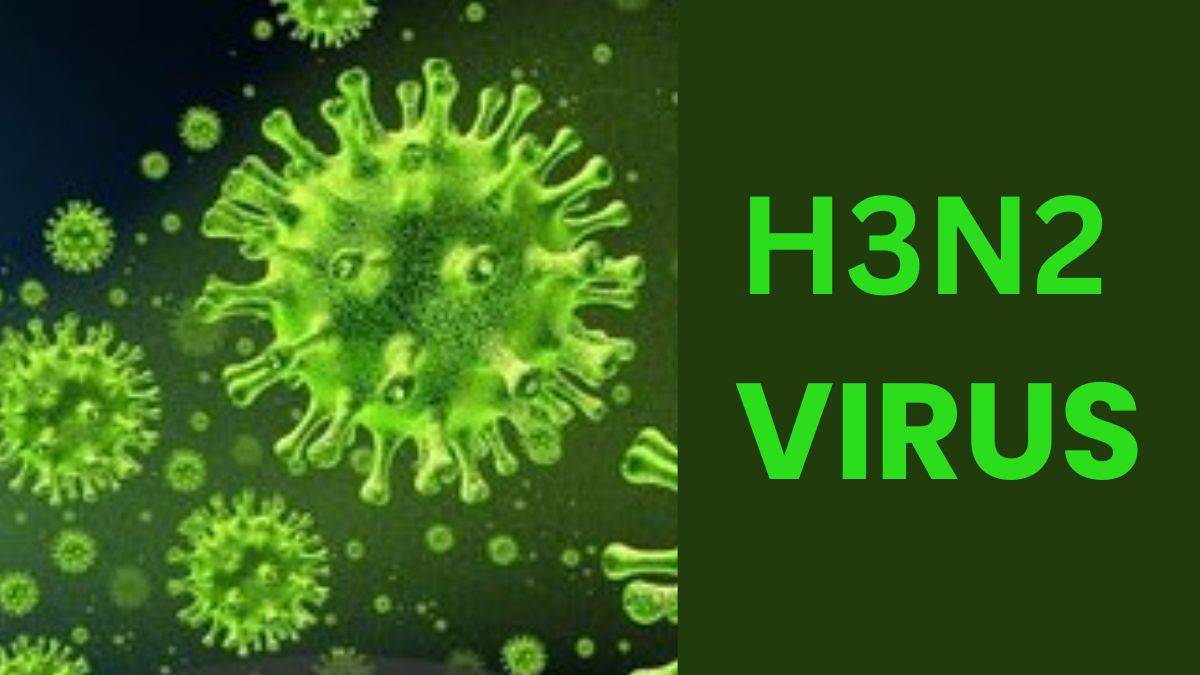There is currently an increase in respiratory illnesses in India, including cough, body pains, fever, and sore throats. Nevertheless, it can be difficult to distinguish between influenza, which is brought on by the H3N2 virus, and covid, which is brought on by the Omicron subtype.
Data from the Indian Council of Medical Research (ICMR)
show that a variety of respiratory viruses, including the Covid-19 virus, H1N1, and H3N2 swine flu strains, as well as influenza B viruses with the seasonal Victoria and Yamagata lineages, have been in circulation.
Both the H3N2 and the H13N1 influenza viruses
are what is popularly referred to as the flu. Prolonged fever, cough, runny nose, and body aches are some of the most typical symptoms. But, in extreme circumstances, people may also feel wheezing, dyspnea, or both.
Covid cases are rising as well.
After an absence of more than 4 months, 700+ Covid-19 instances were reported in a single day, bringing the total number of active cases to 4,623, according to figures updated on Thursday by the Union health ministry.
It is exceedingly challenging
to distinguish between COVID, H3N2 virus, and H13N1 clinical symptoms, and this difference is typically reliant on laboratory diagnosis from a nasopharyngeal swab test. “The only difference in the current clinical setting is that the symptoms of Covid scarcely endure for two to three days and patients recover rapidly without any complications or major treatments,” stated Dr. Samrat Shah, Sr Consultant, Internal Medicine, Sir HN Reliance Foundation Hospital. He recovers.” Shah explained that H3N2 and H13N1 are more likely to cause pneumonia or a subsequent bacterial infection due to their higher propensity for a prolonged, productive, and wet cough.
Individuals affected by H3N2 Virus
experience a sore throat and increased hoarseness for two to three weeks, according to S.L. Dr. Sanjith Sasidharan, Consultant and Head-Critical Care at Raheja Hospital, Mahim. According to him, Kovid-19 infections typically cause a stuffy nose and a fever that lasts three to four days. According to Dr. Sasidharan, influenza is not lethal. Yet, regardless of the virus, morbidity and death are likely to be higher if there is a significant comorbid comorbidity. Little children, babies, adults with comorbid conditions, those over 65, pregnant patients, people with compromised immune systems, etc. are at higher risk.
Nine deaths have already been attributed
to H3N2 in the nation, according to media sources. The official death toll has not yet been disclosed by the Ministry of Health. According to data updated by the Health Ministry at 8 am on Thursday, a total of 754 new Covid cases were recorded in a period of 24 hours, and the death toll increased to 5,30,790 with Karnataka reporting one death.
Experts claimed that
in addition to climatic changes, pollution is a significant factor in the rise in patients suffering from viral infections. “Poor air quality and excessive construction pollution are some of the environmental reasons contributing to the surge in instances,” claims Dr. Shah. The quadrivalent flu vaccination, given once a year, is the only option to vaccinate against problems caused by this influenza virus.
Health professionals urged people
to adopt COVID-appropriate habits such as wearing masks, keeping their hands clean, and avoiding crowded areas. He also emphasized the importance of yearly flu shots. “The flu annual vaccination for influenza will help avoid the disease or at least prevent the severity of the disease,” said P.D. Dr. Umang Agarwal, Consultant Infectious Diseases, Hinduja Hospital & MRC, Mahim. Regrettably, India’s nationwide coverage of the flu vaccine is insufficient.
Read More: This smartphone will run for days on a single charge
![]()
|
|
 Facebook Page Facebook Page |
Click Here |
 Twitter Twitter |
Click Here |
 Instagram Instagram |
Click Here |



